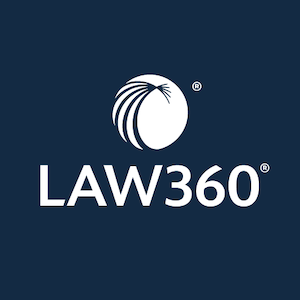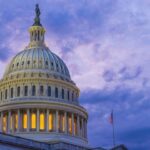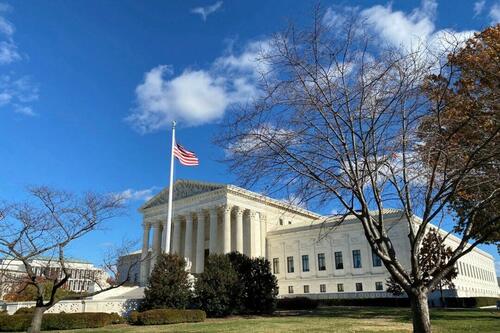In a landmark decision last week, the U.S. Supreme Court delivered a ruling that has left many legal analysts and political commentators grappling with its implications. The case, Trump vs. CASA, addressed the nationwide injunction against former President Donald Trump’s handling of U.S. immigration policy. The ruling, which has far-reaching consequences, stated unequivocally that,
“Universal injunctions likely exceed the equitable authority that Congress has given to federal courts.”
This decision not only impacts this specific case but also challenges the broader judicial interventions that have historically limited presidential powers.
The ruling underscores the constitutional principle outlined in Article 2, which states,
“The executive Power shall be vested in a President of the United States of America.”
This seemingly straightforward assertion has become a point of contention in the complex interplay between the branches of government, particularly concerning the administrative state’s role.
The Rise of the Administrative State
For over a century, the U.S. government has operated with a burgeoning administrative state, a de facto fourth branch of government that wields significant power. This entity comprises approximately 425 agencies with millions of permanent employees, often operating independently of direct presidential oversight. The administrative state has grown in influence, often acting as the real engine of government operations.
Historically, presidents have either accepted or ignored this structure. However, the Trump administration marked a departure from this norm. Faced with what he perceived as an overreach by these agencies, Trump sought to reassert executive authority, culminating in a series of executive orders aimed at curbing their power.
Judicial Interventions and Executive Authority
The Supreme Court’s decision in Trump vs. CASA is a significant rebuke to the judicial practice of issuing nationwide injunctions that effectively halt executive actions. Justice Amy Coney Barrett, writing for the majority, criticized the dissenting opinion of Justice Ketanji Brown Jackson, stating it was
“at odds with more than two centuries’ worth of precedent, not to mention the Constitution itself.”
This comment was noted by court watchers as an unprecedented critique within a majority opinion.
The ruling is seen as a reaffirmation of the president’s constitutional role as the head of the executive branch. However, it also raises concerns about the potential for excessive presidential power. Critics argue that without judicial checks, the president could wield near-dictatorial control over the administrative state.
Historical Context and Implications
The tension between the executive branch and the administrative state is not new. Since the early 20th century, when President Woodrow Wilson and subsequent leaders allowed these agencies to expand, the balance of power has shifted. The administrative state has often operated with a degree of autonomy that some argue is inconsistent with constitutional principles.
In 2014, legal scholar Philip Hamburger questioned the legality of this structure in his book, “Is Administrative Law Unlawful?” His thesis, once considered academic, gained practical relevance during Trump’s presidency as he faced what he described as a “shadow government” undermining his authority.
The Supreme Court’s recent ruling could signal a shift towards reining in the administrative state’s power, aligning with Hamburger’s arguments. However, the path forward remains contentious, with significant political and legal battles likely to ensue.
Looking Ahead: The Future of Executive Power
The Supreme Court’s decision has set the stage for a potential restructuring of the relationship between the executive branch and the administrative state. While some advocate for dismantling or significantly reducing the size of these agencies, others warn of the dangers of unchecked presidential power.
The issue remains deeply divisive, with implications for the functioning of the U.S. government. As the nation grapples with these questions, the role of the president, the judiciary, and the administrative state will continue to be a focal point of debate.
Ultimately, this ruling may prompt a reevaluation of the balance of power within the federal government, challenging long-standing assumptions about the roles and responsibilities of its various branches. As the legal and political landscapes evolve, the conversation about who truly governs America is far from over.
About The Author
 Rocket Lab’s Meteoric Rise: CEO Confident Amid Surging Demand
Rocket Lab’s Meteoric Rise: CEO Confident Amid Surging Demand California Court Upholds Warner Bros. Victory in Film Concept Dispute
California Court Upholds Warner Bros. Victory in Film Concept Dispute Senate Passes Controversial Tax Bill with JD Vance’s Tie-Breaking Vote
Senate Passes Controversial Tax Bill with JD Vance’s Tie-Breaking Vote Cathie Wood Bets Big on Tesla Amid Musk-Trump Tensions, Sells Coinbase Shares
Cathie Wood Bets Big on Tesla Amid Musk-Trump Tensions, Sells Coinbase Shares Top Cryptocurrencies to Watch in 2025: Qubetics, Aptos, EOS, and Astra
Top Cryptocurrencies to Watch in 2025: Qubetics, Aptos, EOS, and Astra